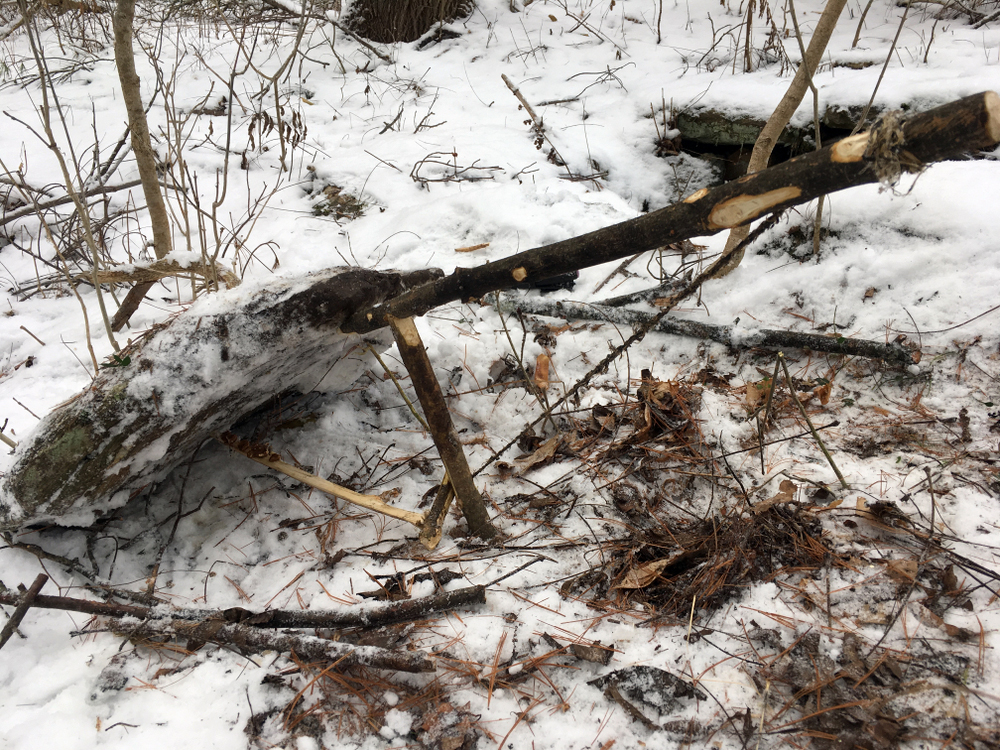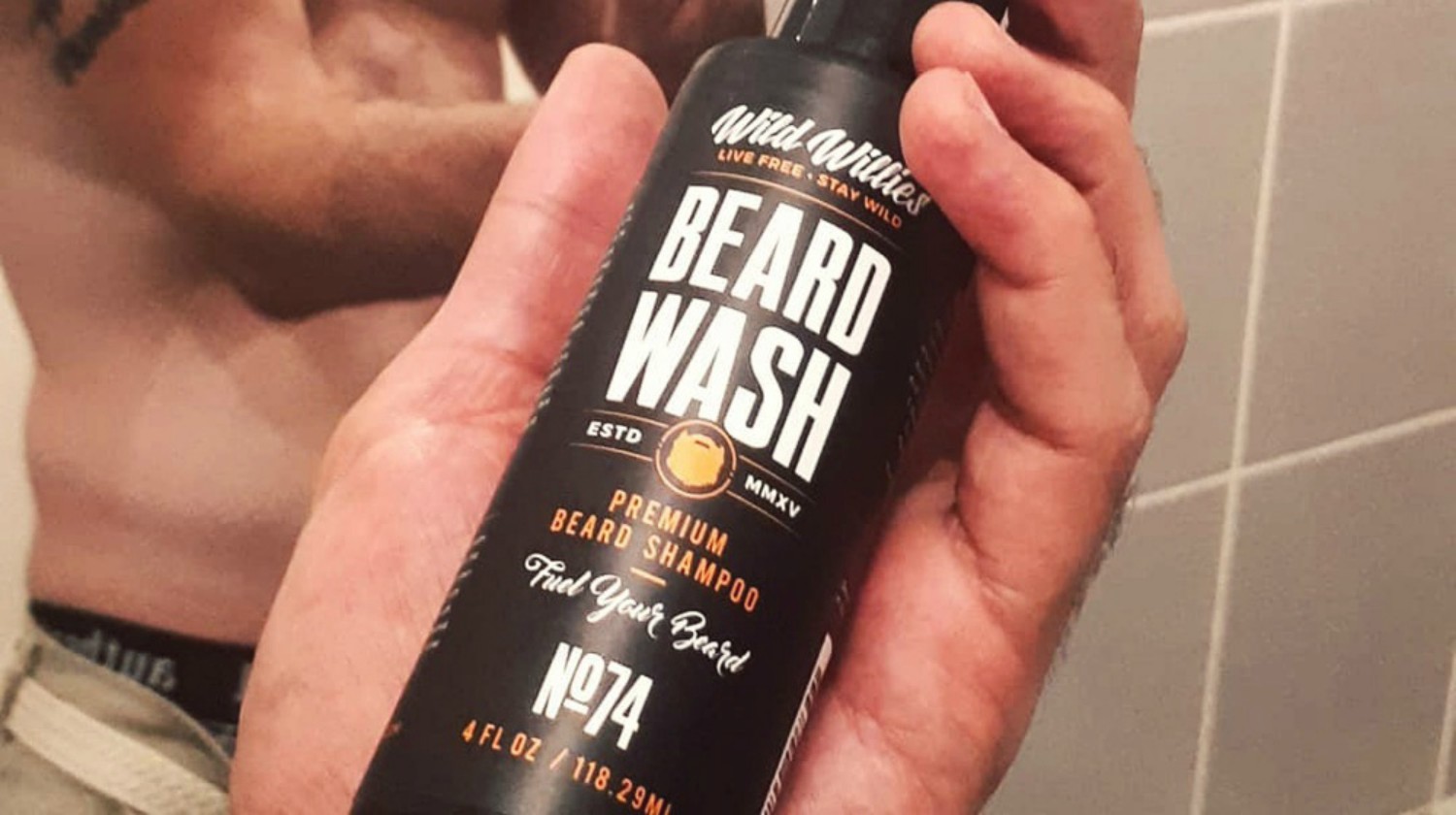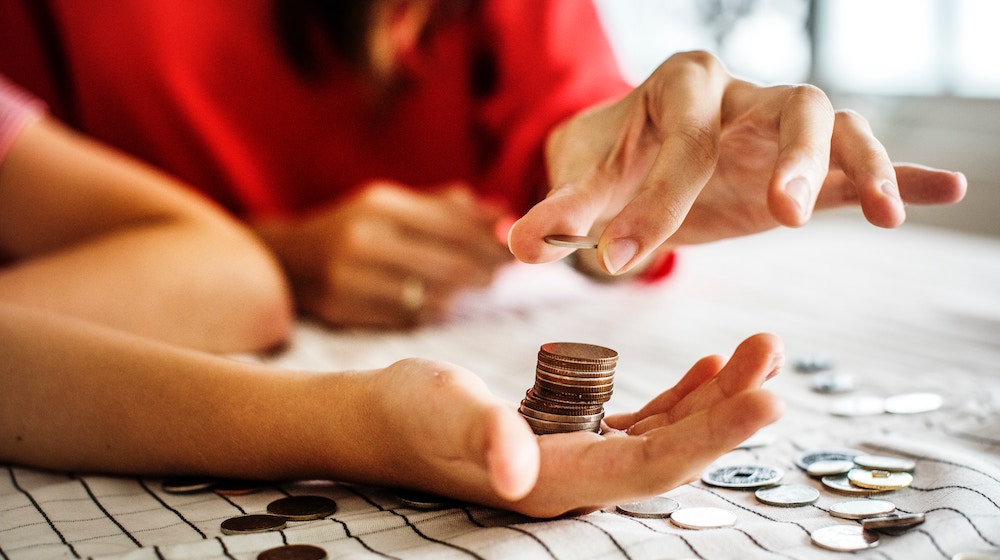Do It Yourself
6 Types Of Primitive Traps

When you’re in the wilderness without any convenient tool to help you hunt for food, you’ll always fall back on using primitive traps. Learn more about the six types and master as many as you can.
Primitive Traps to Master for Survival
Just like hunting and gathering, humans have been trapping animals for thousands of years. These days, there is no shortage of traps you can purchase to catch all sizes and types of games, but those primitive traps of our ancestors still get the job done.
Whether you’re catching fish, squirrels, bobcats, or beavers, there are traps you can build with supplies from the local hardware store, or even with sticks, vines, rocks, and logs from out in the woods.
If you find yourself in a survival situation, traps can become a valuable resource for you. You can set multiple traps each day and potentially catch game for food while you are busy elsewhere. Keep in mind that trapping is a numbers game; you’ll be lucky to catch one animal in every 10 traps you set.
Tips for Successful Trapping
In addition to the physical supplies you’ll need to erect your traps, you’ll want to bring some tools to facilitate getting animals into the traps. To that end, you’ll need bait and ways to remove the human scent from near the traps.
- The best bait is something you can fall back on as food for yourself, like peanut butter or canned fish.
- Leaving your scent on or around a trap will keep animals at bay and ruin your chances of catching anything at all. Descenting spray or powdered charcoal rubbed onto your hands and the trap will help, but you’ll also want a physical barrier between you and the area. An unscented piece of plastic used as a ground cover works great, but be sure to always kneel on the same side while setting your traps.
- Set your traps where you are likely to catch something. Look for: known game trails and runs, known watering holes and feeding sites, animal trackings and droppings, chewed vegetation, nesting sites, and den holes.
Types of Primitive Traps
The types of primitive traps can be broken down into six categories, with plenty of variations available under each one. You’ll want to research and practice different methods and find the traps you’re most comfortable creating and using.
1. Snares
View this post on Instagram
Snare traps are easy and effective. They trap an animal by the body or neck using a noose made out of cable, cord, wire, braided steel cable, or even vines in a pinch.
While snares are often used for small game like rabbits and squirrels, the thick cord can be used to catch bobcats and even deer. You never want to handle the noose of the snare once the trigger is set, as it can close on your hand or fingers with disastrously painful effects.
For snare traps, you need:
- Spring pole
- Forked stake
- Toggle
- Trigger stick
- Snare line
You can set ground snares or spring snares. Variations you should research and practice include:
- Grave’s Bait Stick Snare
- Grave’s Motion Triggered Snare
- Fixed Snare
- Peg Snare
- Drowning Snare
- Treadle Snare
- Squirrel Pole Snare
- Rolling Snare
- Figure 4 Snare
Ultimately, you anchor your snare, set your snare, and then monitor your snare. When using snares, your game is likely to be deceased when you find it.
2. Deadfall Traps
View this post on Instagram
Deadfall traps are another traditional trap that uses notched sticks to create a trigger, and a piece of heavy stone or log that lands on the animal and kills it. Deadfall traps can be used on a scale large enough to kill bears. They are also easy to set and typically require bait.
The most simple deadfall traps require only sticks, a large rock, and bait. The rock preferably has a square edge so that it sits firmly on the ground.
Deadfall traps to research and practice include:
- McPherson Spring Deadfall
- Figure 4 Deadfall
- Paiute Deadfall
- Greasy String Deadfall
- Toggle Deadfall
With deadfall traps, the animal is likely to be deceased when you find it.
3. Tension Traps
Tension traps use sharpened spears and tension to create a very dangerous trap that impales your prey. Once set, always approach the trap from behind, as it is incredibly easy for you to be impaled yourself. Do not use tension traps anywhere that a human or companion animal may accidentally wander into.
A trip-wire spring spear trap is effective for catching and killing wild pigs, deer, and other animals that follow known game trails. The spear should be set at the height that will impale the body directly.
To set a spring spear trap, you’ll need:
- A green limb to use as a spring
- 2 thick rods
- A spear
- Tripline
- Dowel
- String/Cordage/Vine
4. Bird Traps
View this post on Instagram
Birds can be very easy to catch, and should not be discounted as a target, even though mammals will yield more meat. Setting your bird traps in large clearings will attract birds looking for a place to rest.
For the Ojibwa Bird Pole trap, you’ll need:
- A 6’ pole
- 6” stick
- Rock
- Thin cord
There are other simple bird traps that you can research and use, including a Pine Pitch Bird Cup. Using pine pitch is actually illegal, so this trap would not be recommended unless in a survival situation. It is also very messy and inhumane.
5. Fish Traps
Fish are an excellent source of lean protein and often swim close to shore and in shallow water. There are a variety of fish traps you can use to catch your meals.
A funnel trap is built using stones and/or logs and directs the fish into a small area where you can spear or net them.
A cage fish trap can be built out of branches and arranged in the water, held down, and surrounded by rocks. As they swim downstream, fish will swim directly into the trap, where you can spear or catch them.
6. Deep Hole Traps
Deep hole traps are exactly what they sound like: holes dug into the ground that animals fall or step into. They often require bait, and when you find the animal they are likely to be alive.
They are easy to dig, but placement is very important. You want to dig the hole where animals are likely to step into it, and humans are not.
Whether you employ modern or primitive trapping techniques, it’s important to follow all local laws regarding where, when, and how you can trap animals. Learning primitive trapping techniques can be helpful if you ever find yourself in a survival situation.
What primitive traps have you mastered so far? Let us know why you like it the most in the comments section!
Up Next:
-

 Do It Yourself7 months ago
Do It Yourself7 months agoParacord Projects | 36 Cool Paracord Ideas For Your Paracord Survival Projects
-

 Do It Yourself9 months ago
Do It Yourself9 months agoHow To Make Paracord Survival Bracelets | DIY Survival Prepping
-

 Do It Yourself9 months ago
Do It Yourself9 months ago21 Home Remedies For Toothache Pain Relief
-

 Do It Yourself10 months ago
Do It Yourself10 months agoSurvival DIY: How To Melt Aluminum Cans For Casting
-

 Exports8 months ago
Exports8 months agoAre Switchblades Legal? Knife Laws By State







